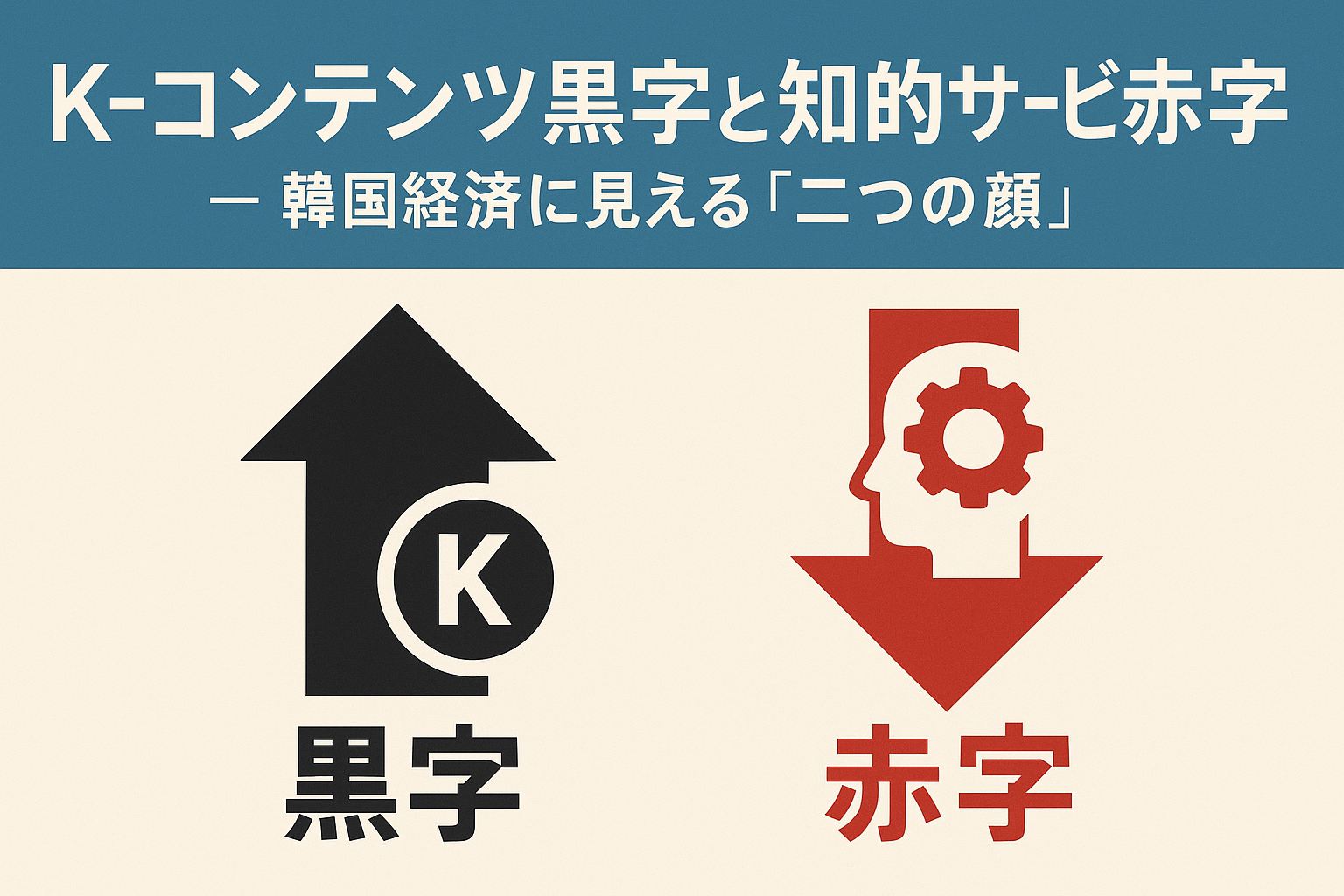According to the 2025 First Half Intellectual Service Trade Statistics released by the Bank of Korea, Korea’s content industry recorded its largest-ever trade surplus. Exports reached USD 5.78 billion, imports USD 3.28 billion, resulting in a surplus of USD 2.51 billion. In particular, the gaming industry stood out, generating a surplus of USD 2.26 billion. Music also increased its presence with a surplus of USD 590 million. The so-called “K-content boom” has thus shown solid results in the numbers as well.
On the other hand, intellectual services as a whole posted a deficit of USD 4.52 billion. Increased royalty payments for patents and trademarks, along with rising demand for foreign-made games, OTT services, AI apps, and subscription services, widened the deficit in intellectual property usage fees by an additional USD 1 billion over the past six months. In other words, while Korea “earns by exporting content,” its expenditures are rising due to the “import of source technologies and platform usage fees.”
The main drivers of exports are “Games” and “Music”
While K-pop and dramas often attract attention when it comes to Korean content, the statistics clearly show that games are the dominant force. They are already deeply entrenched in the global market, with popularity in Southeast Asia and China boosting the numbers. Music has also expanded its surplus thanks to the growth of global fandoms.
Increased imports reflect “technology dependence”
The main factor behind the deficit lies in industrial property rights such as patents and trademarks. Additionally, royalties to Netflix, U.S.-based OTT services, and AI apps reveal the costs of “platform dependence.” Despite Korea’s ability to compete globally with final products and services, the data highlights its structural reliance on imported core technologies and foundational services.
Surpluses and deficits are two sides of the same coin
As the Bank of Korea points out, deficits in intellectual property rights also represent an “unavoidable aspect of production and investment expansion.” To maintain competitiveness, reliance on external technologies and platforms is essential. As such, the deficit can also be understood as a kind of “growth cost.”
Conclusion
Korea’s content industry, boosted by the K-content boom, has achieved its largest-ever surplus. At the same time, the overall intellectual service sector has seen its deficit expand, underscoring the economy’s dependence on source technologies and platforms.
This reflects an economic model with “two faces”: Korea as a country that earns through content exports but pays out for intellectual property rights. Whether Korea can secure its own source technologies and platforms will be a decisive factor in sustaining its future industrial growth.

